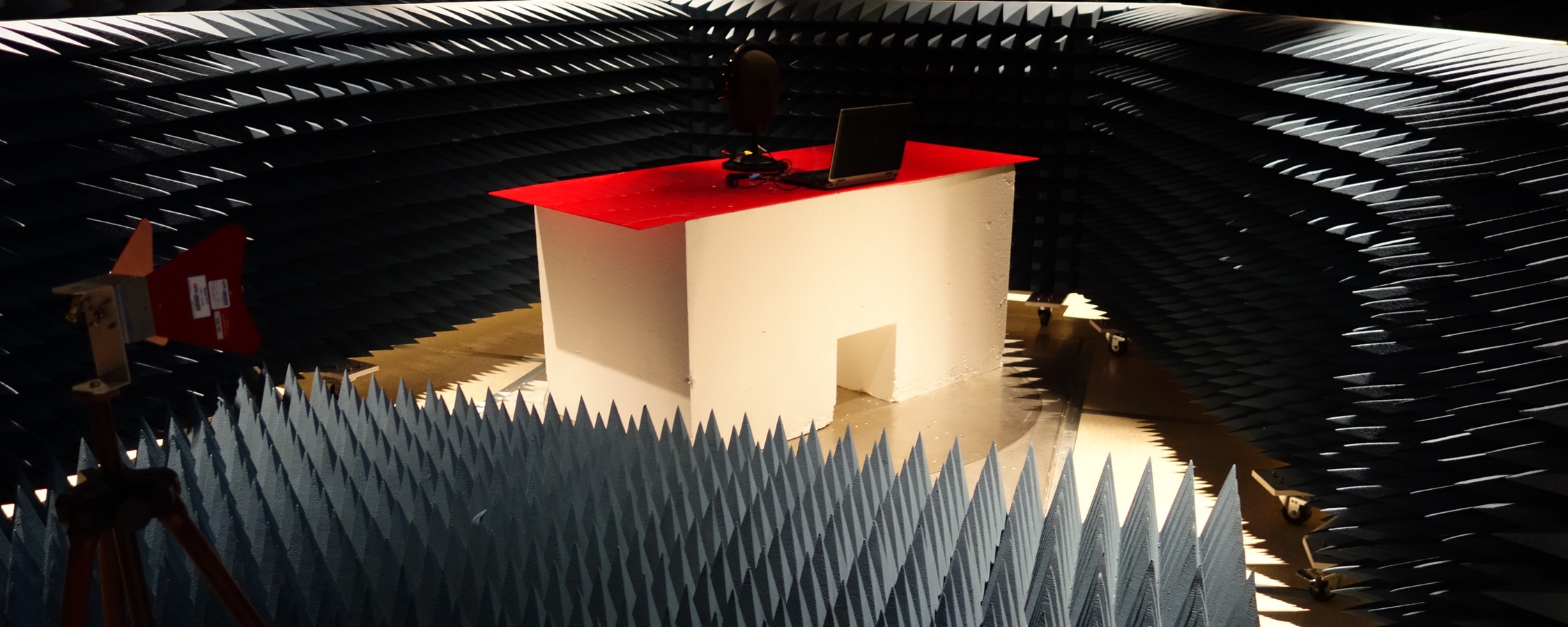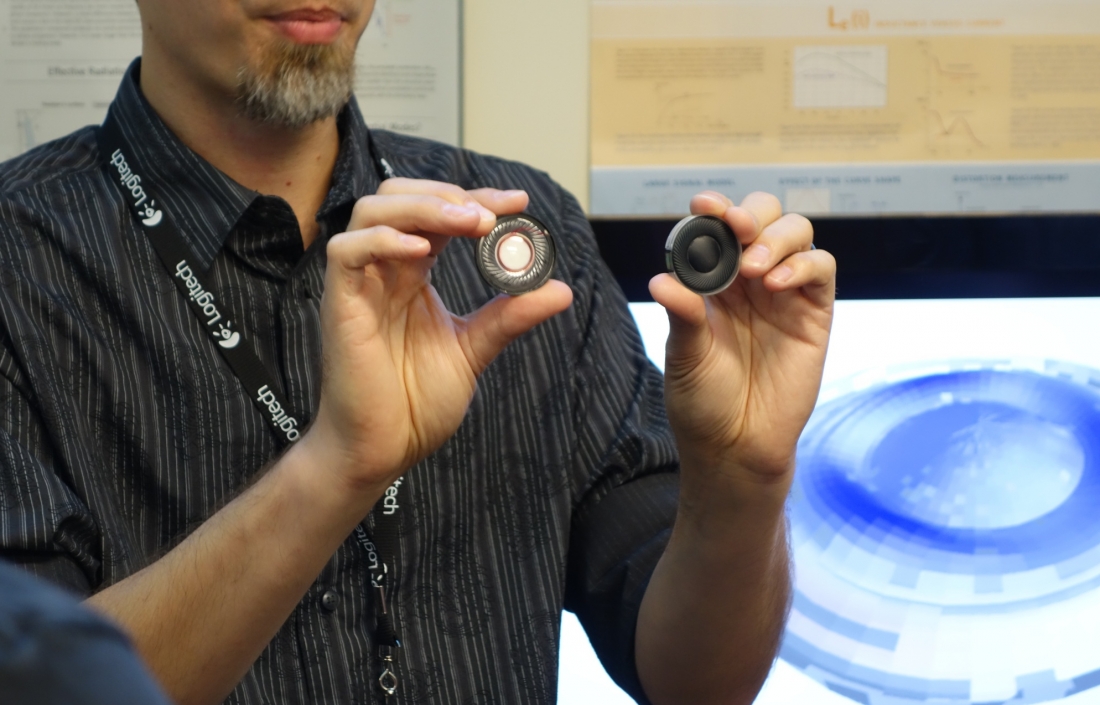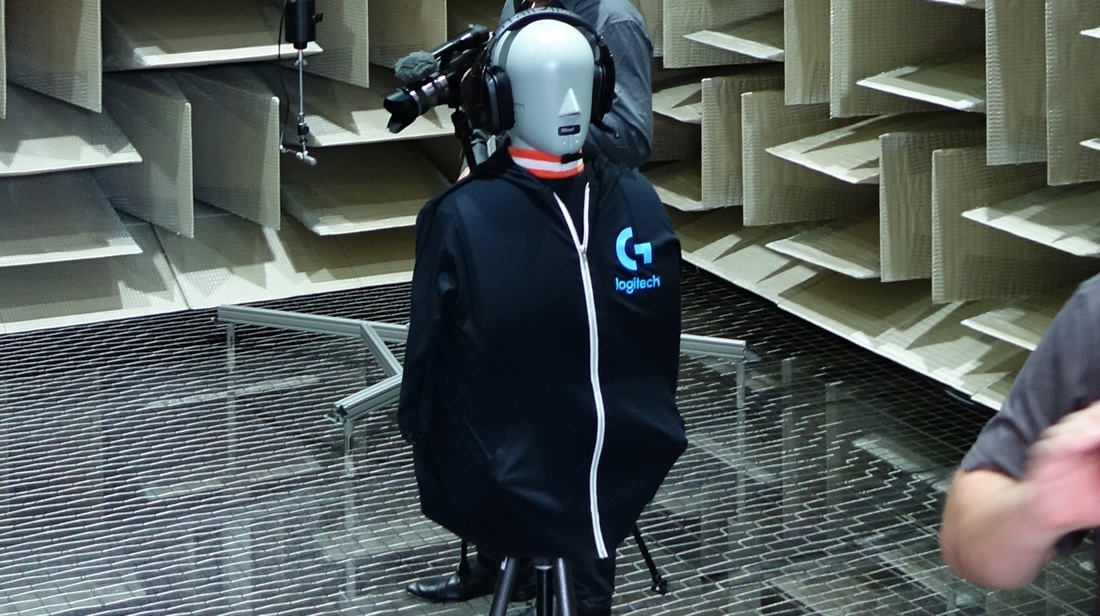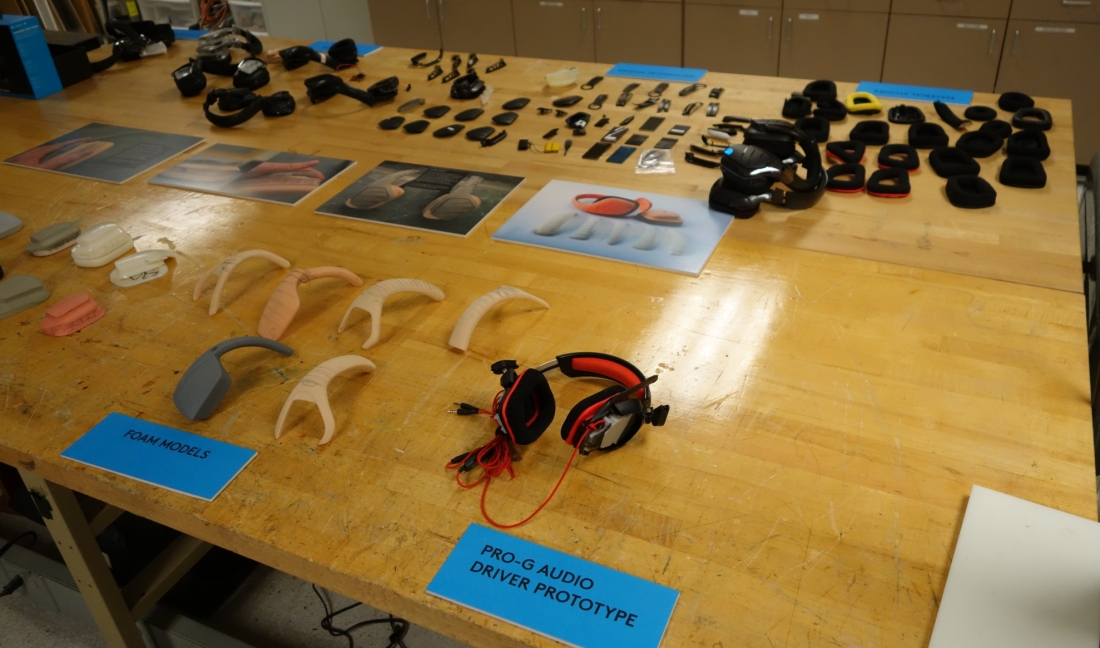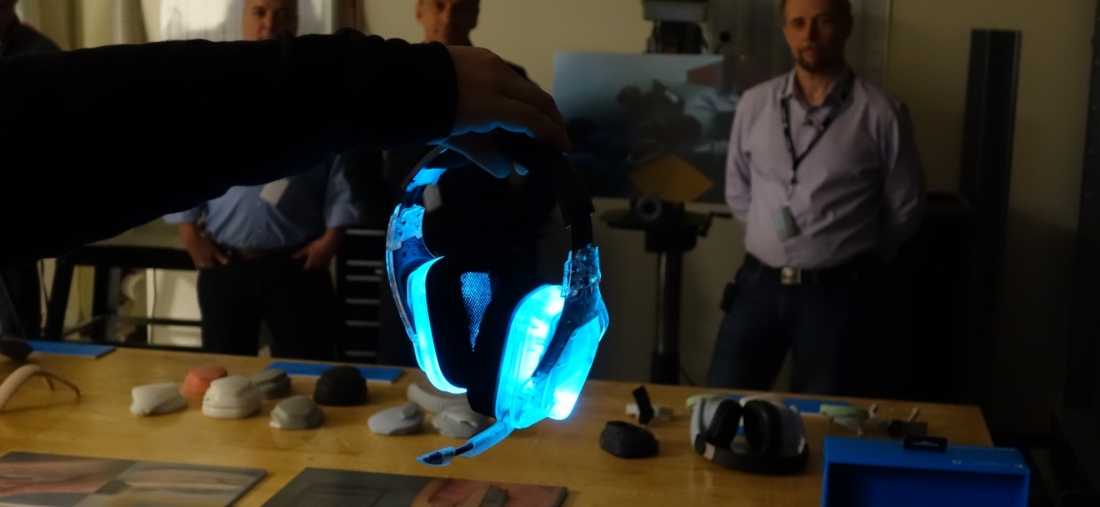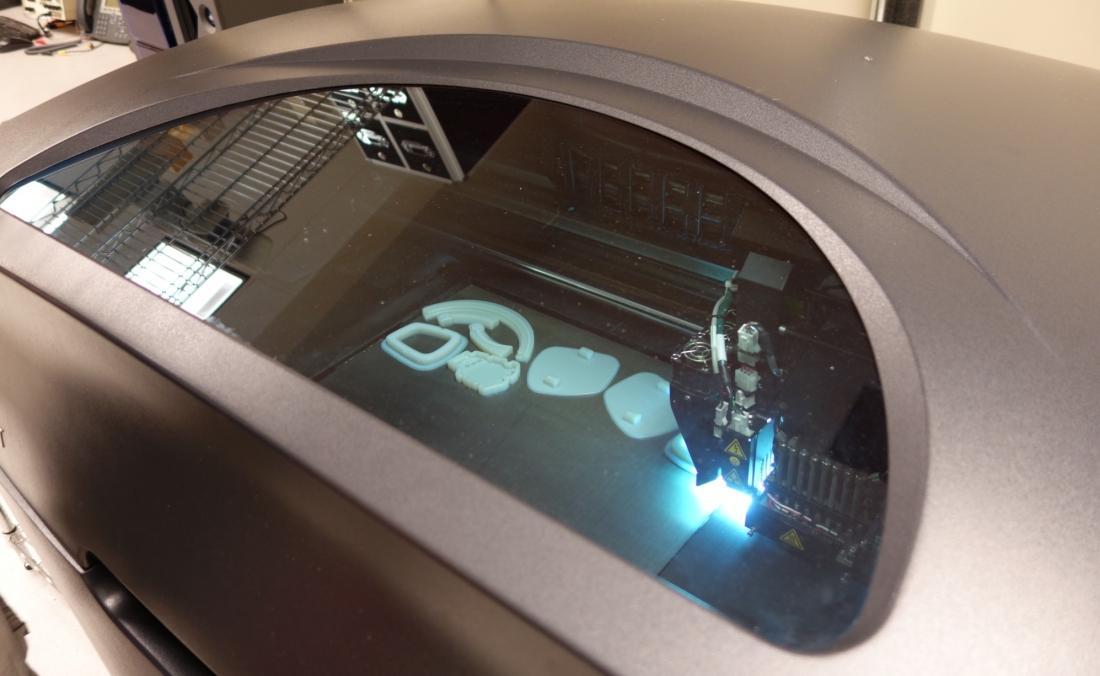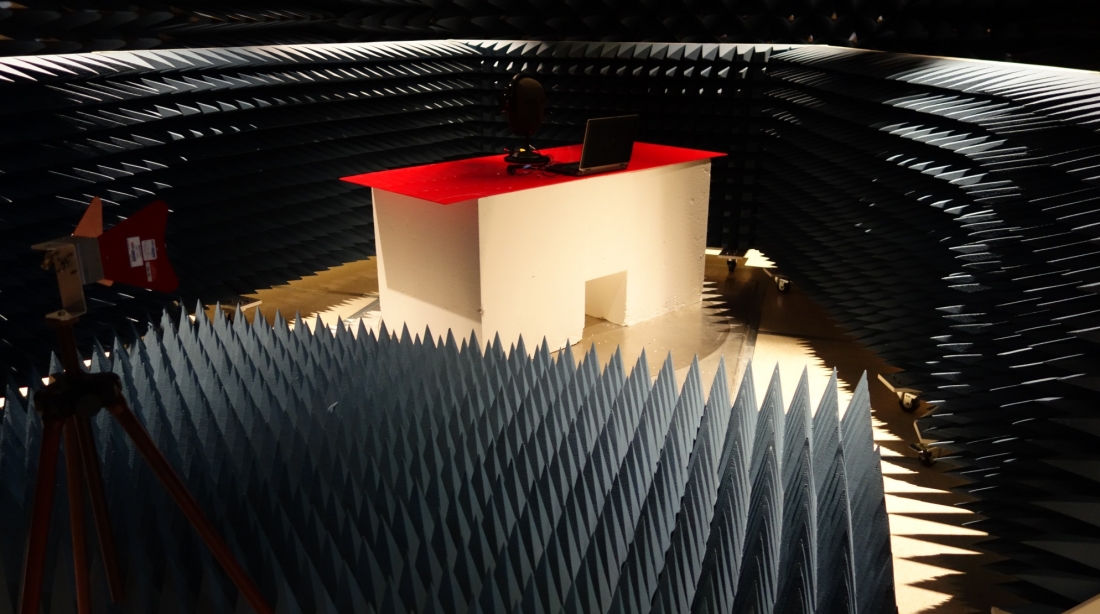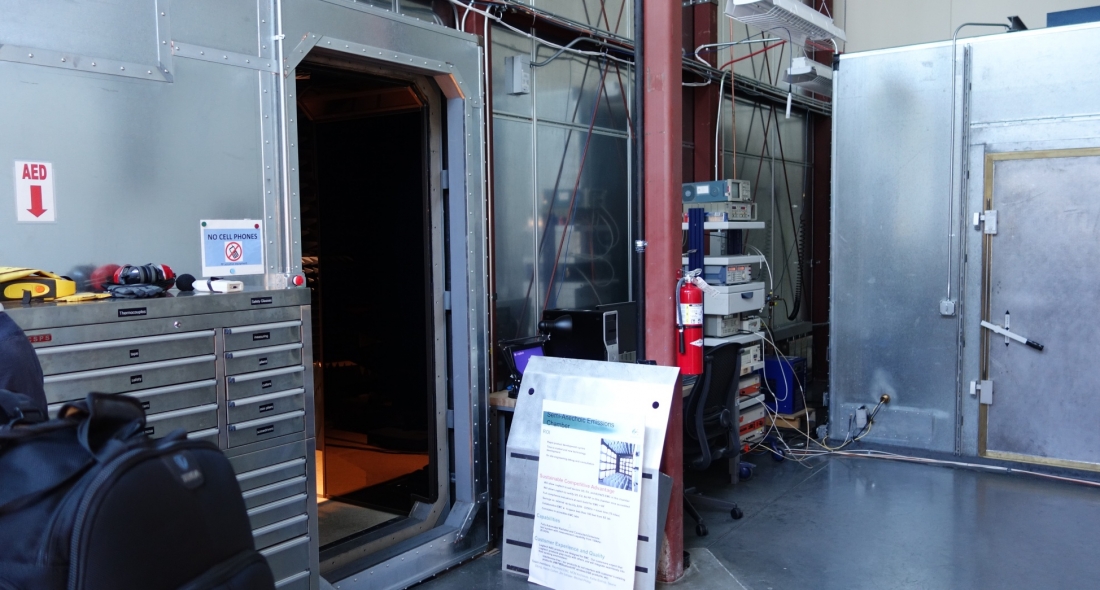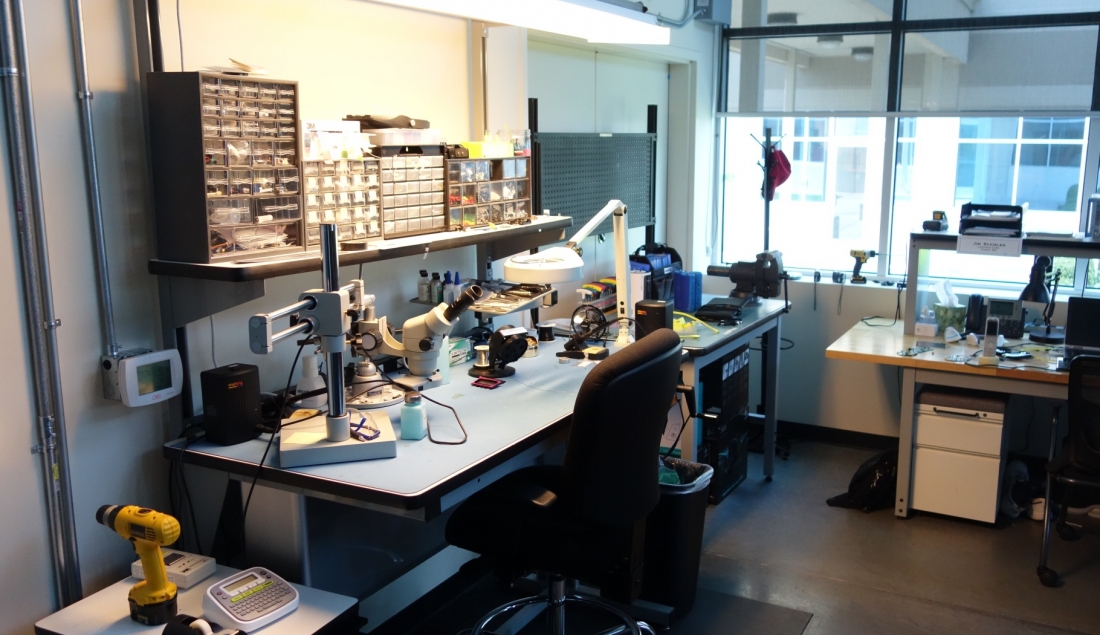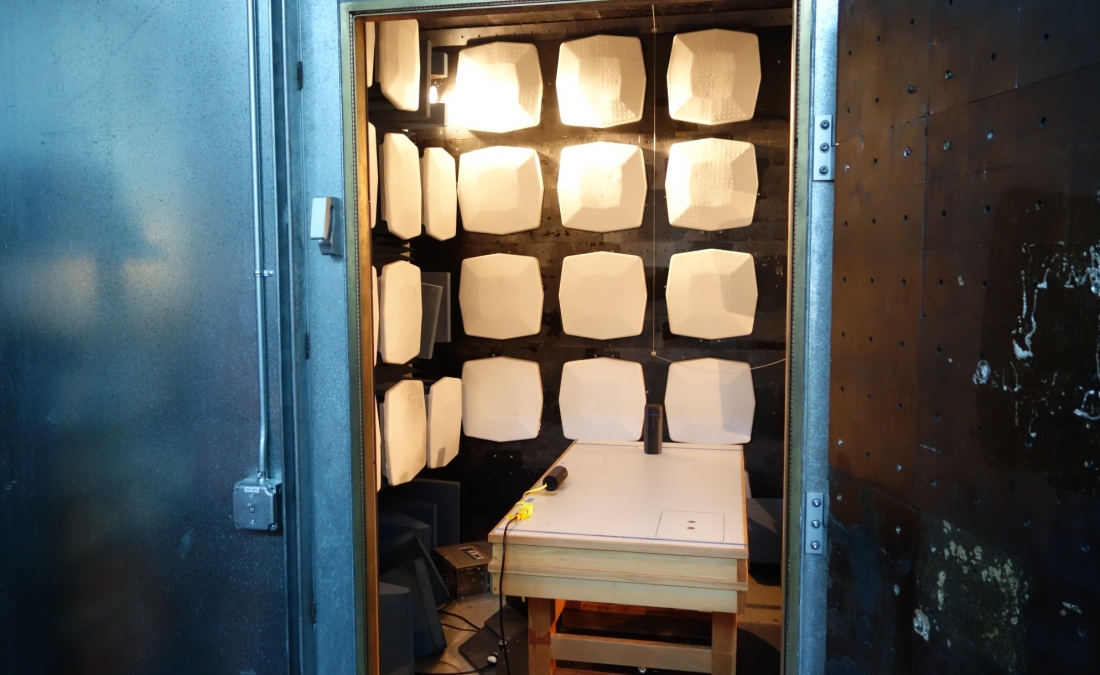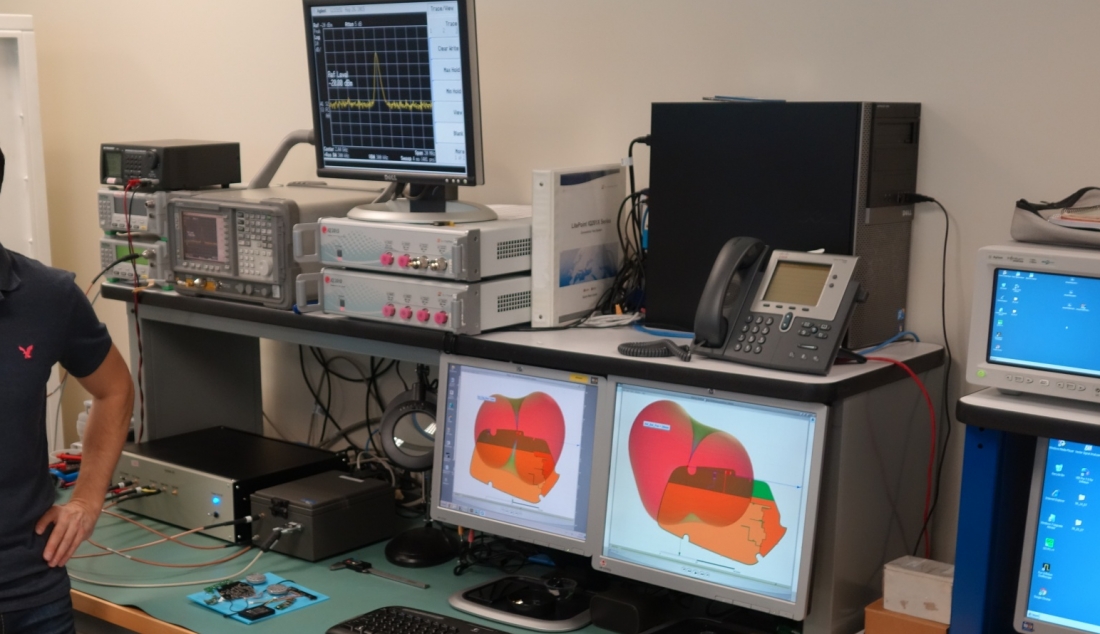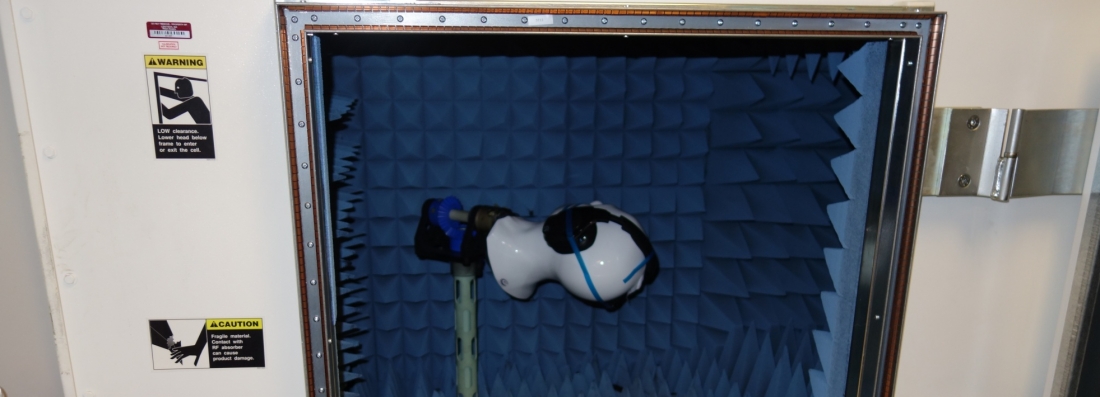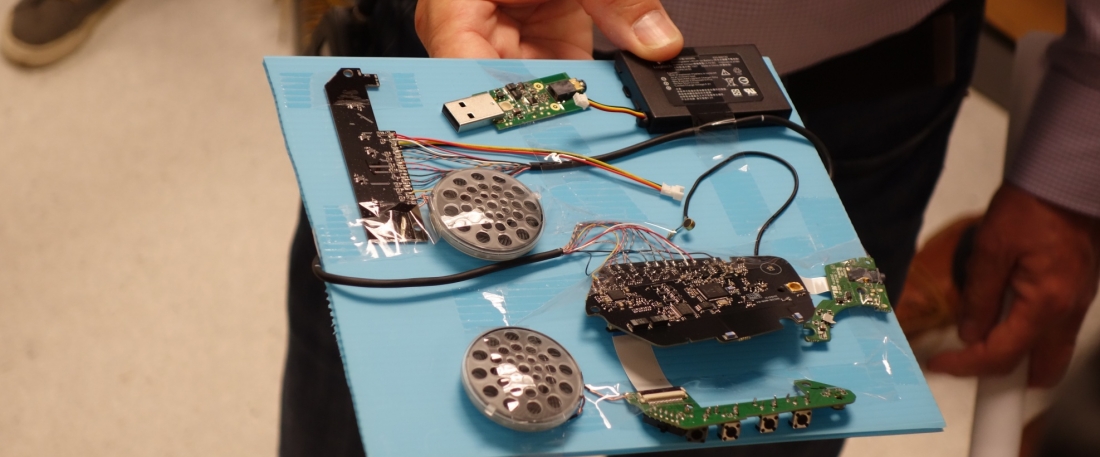In searching for the perfect wireless gaming headset, I recently expressed my overall dissatisfaction with available options. Even today's best wireless offerings remain deeply flawed by one or more issues ranging from sub-par audio fidelity, a poor microphone or buggy firmware.
Shortly after that publication, Logitech reached out to us for a tour of their audio headquarters in Camas, Washington. Having identified the scarcity of quality wireless gaming headsets, Logitech spent the last 18 months designing what it believes to be the best sounding, most well-featured headset on the market, gaming or otherwise. In fact, Logitech is so confident in the Artemis Spectrum, it bravely (foolishly?) threw its creation to a small pack of skeptical tech journalists in hopes they'd go home impressed. Ballsy.
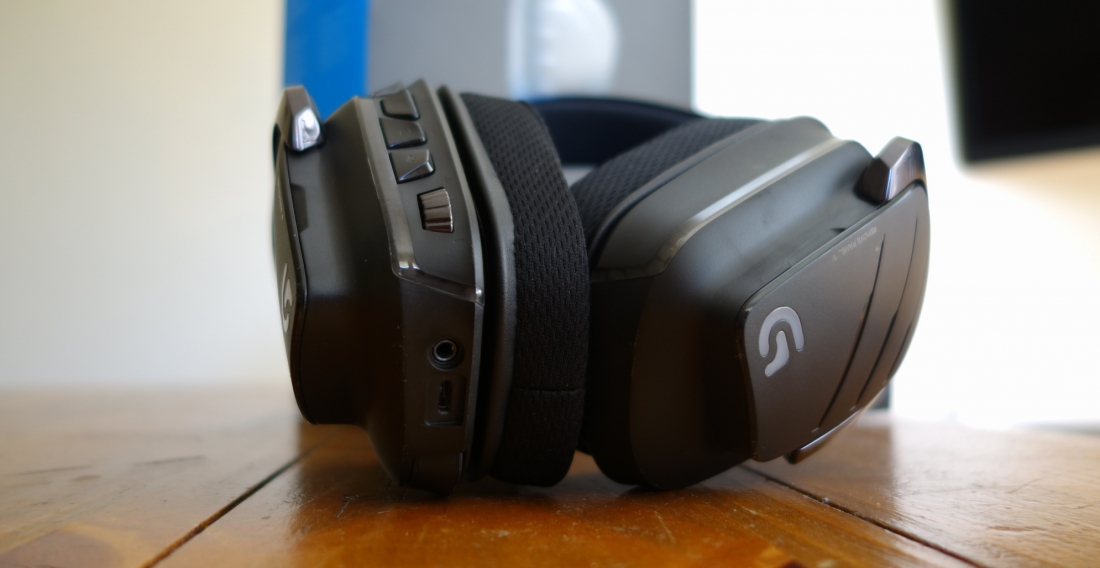
The Artemis Spectrum is scheduled to arrive in Q3 2015 in two flavors: G633 (wired) and G933 (wireless). The G633 should actually appear this month. Both headsets feature a custom audio driver that delivers high-end sound, retractable noise-cancelling microphones, multi-platform support and lots of bells and whistles.
Logitech wants to dismiss the notion that gaming headsets (wireless especially) can't also satisfy discerning audiophiles. It is clear that plenty of thought, engineering and design was put into the Artemis Spectrum and as such, it will be marketed as a premium, high-end product.

"We saw that no one was really building a pair of high quality headphones for gamers, so we challenged our audio team to see if they could do it. I'm a gamer and a musician, so I was really excited when the team came back with a design that delivered." – Ujesh Desai, Logitech G VP and GM
Indeed, the Artemis Spectrum is ambitious. Did the guys and gals at Logitech really deliver? The preliminary verdict: promising. We'll get into more details regarding the Artemis Spectrum in a bit, but first... on with the tour!
The Tour Begins
We arrived in Camas, Washington bright and early. Cutting the ribbon in 2010, Logitech's audio headquarters in Camas is 40,000 square feet and houses roughly 100 employees. This is the facility where Logitech and subsidiary Ultimate Ears research, engineer and design many of its audio products.

After arriving in Camas, Logitech G VP and General Manager Ujesh Desai gave us an entertaining presentation on the important role audio plays in games. Until this moment, the focus of our visit (i.e. Artemis Spectrum) was kept under tight wraps. Incidentally, my personal disappointment with wireless headsets seemed to resonate with Ujesh. A few quotes were borrowed from our wireless headset roundup to emphasize the sad state of wireless gaming headsets writ large.

Details of the Artemis Spectrum finally emerge! The G633 will be wired and the G933 will be wireless. Some noteworthy features include fully customizeable RGB LED lighting, extremely versatile multi-platform support, programmable macro buttons, DTS Headphone X 7.1 surround and Logitech's custom Pro-G audio driver designed to please even audiophiles.

Acoustical Systems Engineering Lab
After being introduced to the Artemis Spectrum, we were split up into a few small groups and led into the various labs which make up the facility.
Early on, Senior Acoustical Systems Engineer Tracy Wick showed us benchmark comparisons of Logitech's new Pro-G audio driver versus its competition. His excitement was palpable. Certainly, if there was one thing to take home from the tour, it was that everyone at Logitech is extremely proud of the Artemis Spectrum.
The ideal speaker acts like a piston: perfectly uniform. Logitech claims its Pro-G transitions to high frequencies more smoothly than competing drivers sporting standard material diaphragms. This is due in part to a select combination of mesh-woven diaphragm materials. Although these materials aren't proprietary to Logitech, the company says Artemis Spectrum is the first headset to implement such an audio driver. The result is high-end audio fit for audiophiles and gamers alike.
Creepy-feeling simulated ears coupled with a wide variety of bench testing equipment help engineers model headset acoustics in the lab.
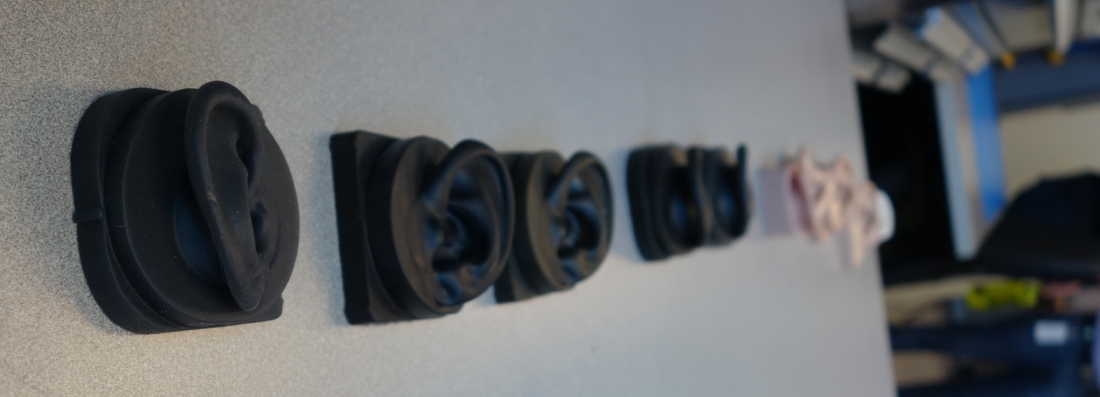
Pictured: These simulated human ears feel as creepy as they look, particularly the flesh colored ones

Pictured: G930 (left), Artemis Spectrum on analysis machine (center), G230 (right)
Laser scanners, high-prescision osciliscopes and polarity testers are just some of many tools you'll find in Logitech's audio engineering department. Some of the tools here cost north of several thousand dollars.

Pictured: Tools of the trade
The Anechoic Chamber
To accurately test its audio products without coloring from echo/reverb, Logitech built what is called an anechoic chamber. Arguably the most spectacular stop on our tour, this specially-designed room has an impressive ambient noise floor of "approximately 0 dB". In other words, it's a level of quiet you've likely never experienced. In fact, the absence of sound is so profound that some people find the combination of noiselessness and springy floor nauseating.
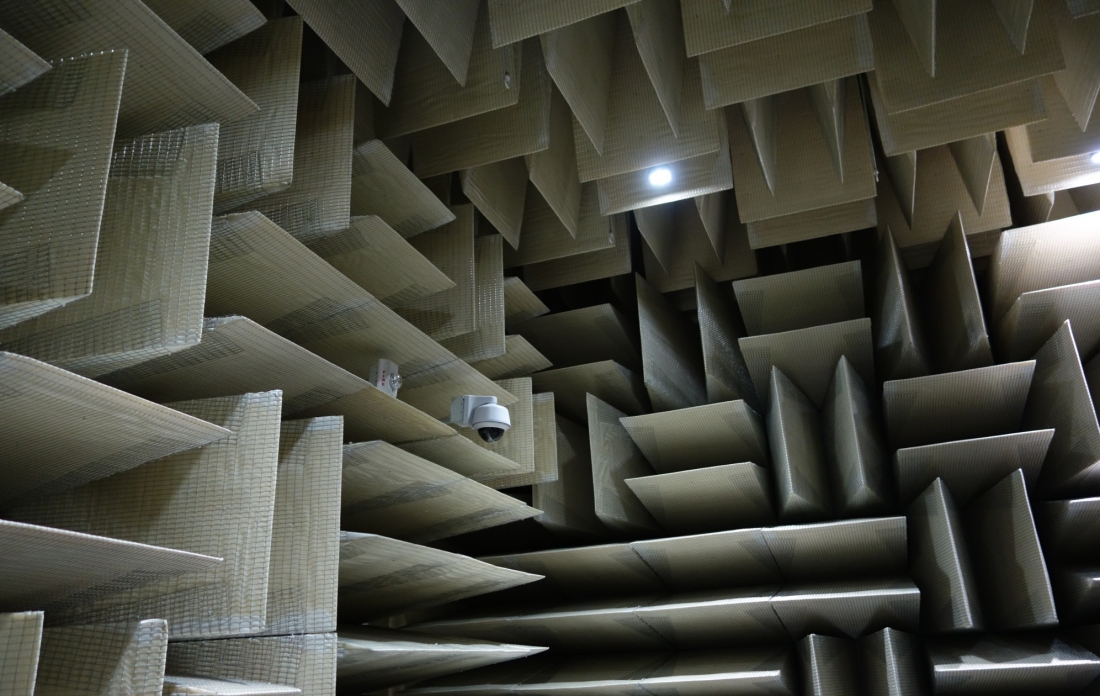
The anechoic chamber is completely surrounded by sound supressing wedges measuring four feet deep. The "floor" is actually wire mesh suspended above more wedges. The goal is to provide HATS with the purest possible sound be eliminating all echos and vibrations which can color sound. The exterior walls of this room do not touch the surrounding building making it effectively its own building. Logitech spent roughly $1,000,000 on two semis worth of materials to build this room.
In the Materials and Engineering lab, Product and Design Manager Doug Sharp described many of the difficulties in choosing the best materials while simultaneously meeting the needs of engineers. Fortunately, both engineers and designers are in the same facility helping expedite their debates over form versus function.
Doug shows off the Artemis Spectrum's RGB lighting on a transparent prototype. The Artemis features removable, magnetic side panels which can be replaced with customized ones. Logitech plans to release schematics so owners with 3D printers can print their own decorative panels at home.
EE Testing and Compliance Lab & Semi-Anechoic Immunity Chamber
While the anechoic chamber deals with sound waves, the semi-anechoic immunity chamber focuses on higher radio frequencies. The primary function of this room is validating for FCC compliance. The chamber is lined with wave-dampening absorbers. Unlike the anechoic chamber however, foamy spike-looking dampeners are narrower in shape and can be reconfigured for different wavelengths.
An adjacent lab tests the effects of ESD (electrostatic discharge) on each device being designed. All aspects of design are important, but ESD compliance is non-negotiable. Interestingly, designing for ESD robustness often impacts the look, shape and features of a device during even its earliest stages.
RF Performance Testing
The next stop was a lab which tests the RF/wireless performance of devices like the Artemis Spectrum G933. One important goal is to ensure wireless headsets transmit RF signals as symmetrically and uniformly as possible. Because the position of the user in relation to the transmitter is always variable, coverage should be equally strong in all directions.
Microwave appliances are the scourge of 2.4GHz. One engineer recounted a situation where they discovered certain microwaves required a specific amount of water to be present before they would reach their maximum output. Just one of many variables to consider when testing RF.
Interestingly (and perhaps surprisingly) the G933 will operate exclusively within the 2.4GHz band. Although 5GHz is often considered cleaner, Logitech is firm in its choice. The company said its channel hopping techniques and antenna sensitivity have been significantly improved since the the G930 appeared. Additionally, their updated 2.4GHz Avnera chipset consumes less power, offers lower latency and provides better range than the 5GHz implementations they've tried. Logitech also argued that 5GHz offers zero benefits – they simply don't need it because 2.4GHz already provides everything the G933 needs.
LGS Software and Logitech Signature Studio
Next, we took a trip back to the demo room. Logitech's software lead was eager to show off some upcoming LGS (Logitech Gaming Software) features. Artemis Spectrum will be highly configurable through LGS with macros, customizable lighting (e.g. breathing, coloring, enabling/disabling certain LEDs) and loading your favorite settings into firmware so you can enjoy them without LGS. Uniformly setting LED colors/styles across all of your Logitech devices in a couple clicks is just one of the cool things owners can expect.
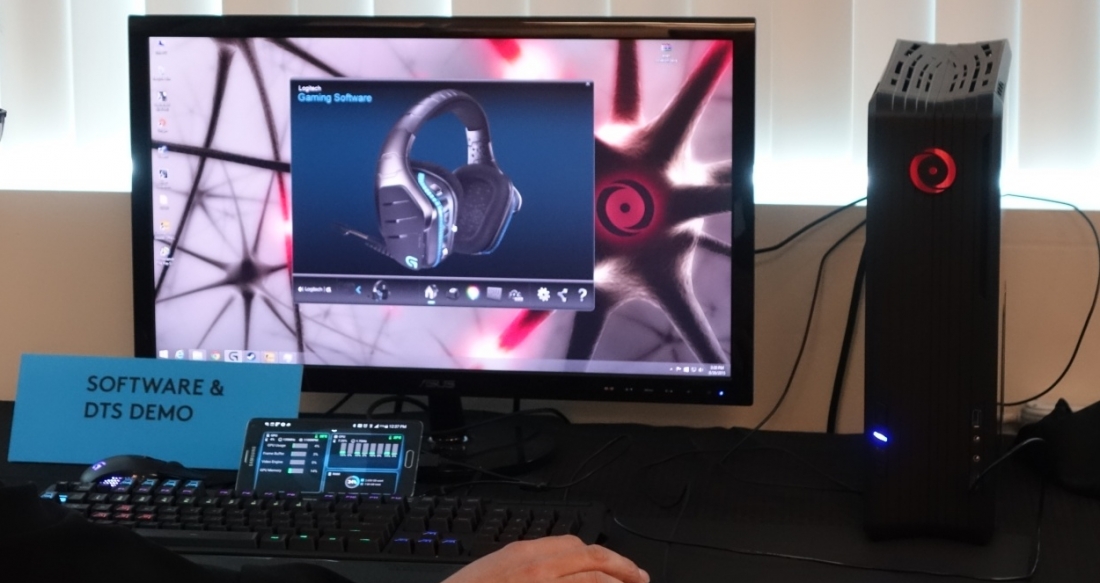
As a side note, the gaming demo stations were Origin PCs armed with Logitech G910 keyboards and G300s mice. By the way, I really liked the Romer-G switches on the G910. I actually enjoyed typing on it more than the Cherry MX Browns I typically use.
A number of demo stations were set up to showcase the various features of the Artemis Spectrum: LGS, surround capabilities, multi-source audio playback were just a few.
The last stop on our tour, the Logitech Signature Studio, is what your home theater might sound like if you had lots of disposable income. It's built to be both comfortable and sound as neutral as possible. The sound setup here was amazing and this is actually where we had our DTS Headphone X demo.
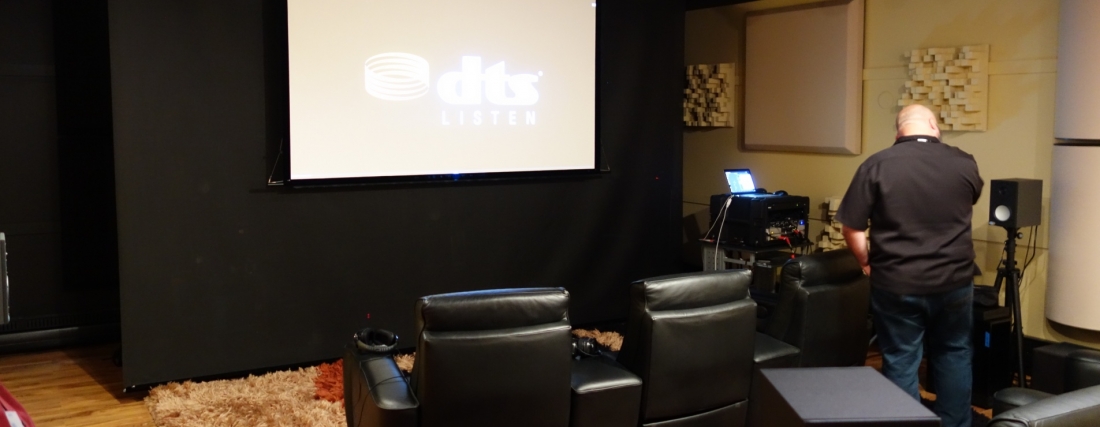
DTS Headphone X is a potentially significant component to the Artemis Spectrum experience. As I will describe later, it was by far the most convincing surround experience I've had on a headset.
Next up, our first look at the Artemis Spectrum G633 and G933 headsets.
